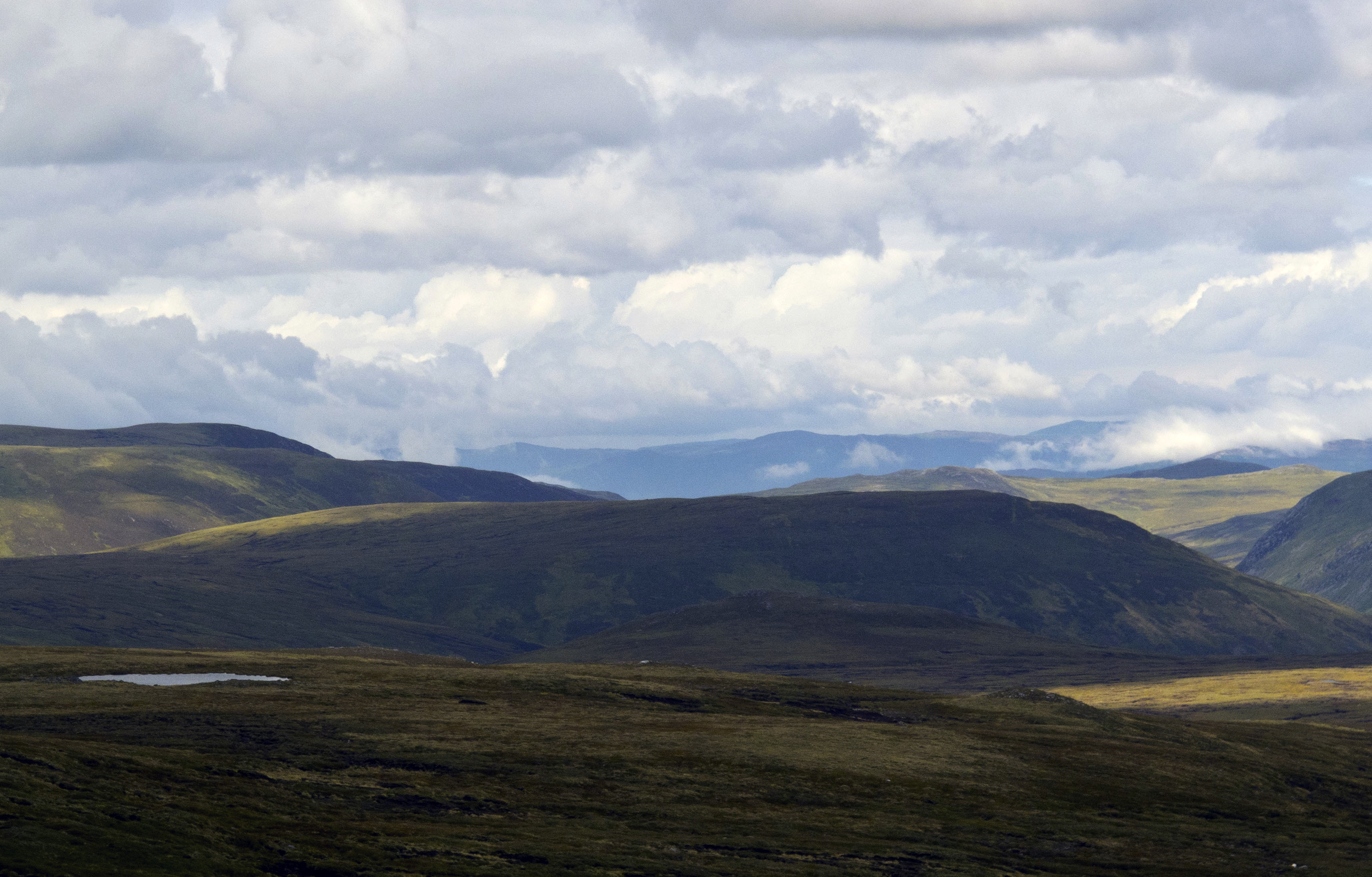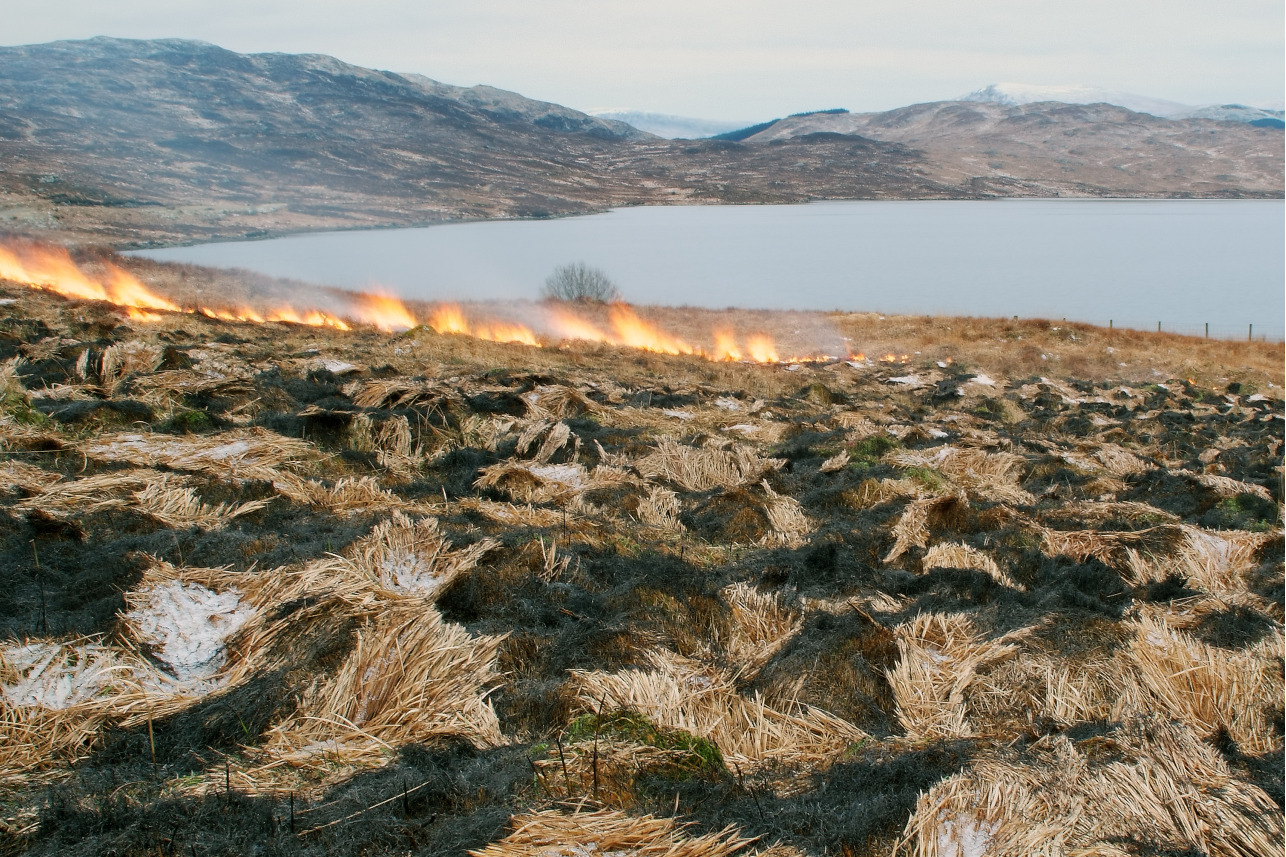Trust reflects on the Achany Wind Farm Extension decision
The Trust was disappointed to see that an application to extend the Achany Wind Farm (the ’Achany Extension’) near Lairg, was approved by Scottish Ministers on 22 May 2023.

We objected to this application in 2021 and submitted further comments following the introduction of the National Planning Framework 4 in November 2022. Our concerns about the development largely revolve around the negative impact it will have on the Reay-Cassley Wild Land Area and the high-quality peat on which it is sited.
Impact on wild land
The decision to consent this application is a symptom of a policy environment in which it is increasingly difficult to defend wild places against development. The now approved Achany Extension Wind Farm overlaps the site proposed for the Glencassley Wind Farm which was refused by Scottish Ministers in 2015 under the National Planning Framework 3. This demonstrates the clear change that has taken place in Scottish planning policy.
Impact on peatland
The decision letter states that ‘Scottish Ministers were satisfied that, in combination, the avoidance of, reuse of peat on site and commitments to bog restoration in the HMP (secured by condition) achieve an acceptable balance’. The Trust believes that the effectiveness of these mitigation measures has been overestimated.
- Avoidance – It is predicted that 7.04 hectares (Ha) of blanket bog habitat would be permanently lost, 15.71 Ha temporarily lost during construction, and an additional 18.52 Ha indirectly affected and altered during the lifespan of the Achany Extension (Environmental Impact Assessment, Chapter 8: Ecology, paragraph 8.1.4, Volume 4, Appendix 8.10). Without a reliance on mitigation measures it is clear that the Achany Extension would have a significant impact on peat.
- Reuse – Developers put significant weight on the reuse and reinstatement of peat to mitigate the impact of a development. However, expert organisations such as the International Union for the Conservation of Nature have expressed concern that the assumption that peat can be easily reused of reinstated ignores the complexity of peatland structures and function: they say that any disruption to the structure of peat permanently degrades how hydrology is regulated.[1]
- Habitat Management Plans – Habitat Management Plans outline how a developer will mitigate or compensate for the impact of a development, for example with peat restoration or woodland creation. The Trust’s planning casework appears to show that, due to a lack of funding and resources, Local Authorities are struggling to have proper oversight and enforcement of these plans. There is also a lack of information publicly available and so we cannot be sure about the effectiveness of these plans.
- You can read the Scottish Ministers decision letter on the Energy Consents Unit website (Scottish Government - Energy Consents Unit) by searching for the ECU reference ECU00001930.
[1] Peatland and Development March 2023 - FINAL.pdf (iucn-uk-peatlandprogramme.org)

Help us defend wild places and campaign for their protection
Please donate to our campaign fund

